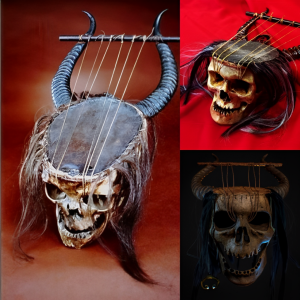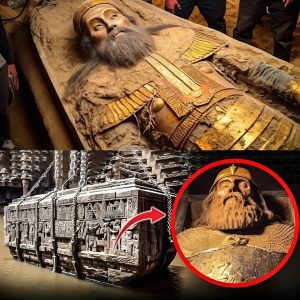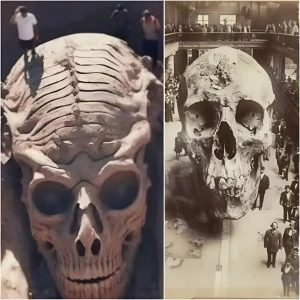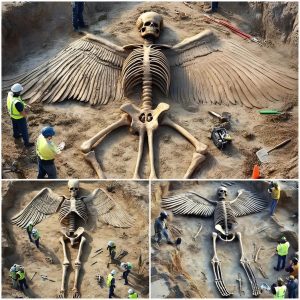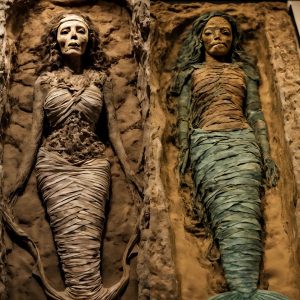In the realm of musical instruments, there are few as intriguing and macabre as a 19th-century chordophone crafted from unconventional and eerie materials. This unique instrument, fashioned from a human skull, antelope horns, skin, and hair, stands as a testament to the intersection of art, culture, and mortality. This article delves into the history, construction, and cultural significance of this remarkable chordophone.
Historical Background
The 19th century was a period of exploration and experimentation in many fields, including music. Instrument makers sought to push the boundaries of design and sound, often drawing inspiration from both natural and supernatural elements. The chordophone in question emerges from this context, reflecting a fascination with the macabre and the exotic.
Construction of the Chordophone
The chordophone is a stringed instrument, typically designed to produce sound through the vibration of its strings. What sets this particular instrument apart is its extraordinary construction:
- Human Skull: The body of the instrument is made from a human skull, providing a resonant chamber for the strings. This choice of material adds a haunting quality to the instrument’s appearance and sound.
- Antelope Horns: Attached to the skull are antelope horns, which serve as both decorative elements and functional components. The horns may have been used to support the structure or to enhance the instrument’s aesthetic appeal.
- Skin and Hair: The instrument is covered with animal skin, likely stretched over the skull to create a taut surface for resonance. Human hair might have been used to create the strings or to adorn the instrument, adding to its eerie allure.
Cultural Significance
The use of human and animal parts in the creation of musical instruments is not entirely unprecedented. Various cultures have utilized bones, skins, and other organic materials to craft instruments imbued with spiritual or symbolic significance. In this case, the chordophone could be seen as a manifestation of Victorian-era fascination with death, the afterlife, and the supernatural.
- Victorian Era and Death: The 19th century saw a particular preoccupation with death and mourning, influenced by high mortality rates and the impact of the Industrial Revolution. The use of a human skull in an instrument could symbolize a connection to the deceased or a fascination with the macabre.
- Ritual and Ceremony: In some cultures, musical instruments made from human remains were used in rituals or ceremonies intended to communicate with spirits or honor the dead. This chordophone may have been part of such practices, lending it a deeper cultural resonance.
Artistic Expression
Beyond its cultural and historical context, the chordophone stands as a striking piece of art. The craftsmanship involved in creating an instrument from such materials demonstrates a blend of creativity, skill, and boldness. The juxtaposition of life and death, beauty and decay, is embodied in the instrument’s design, making it a compelling subject for both musicians and art historians.
Conclusion
The 19th-century chordophone crafted from a human skull, antelope horns, skin, and hair is a fascinating artifact that bridges the gap between music, art, and cultural history. Its macabre beauty and unique construction offer a glimpse into the era’s complex relationship with mortality and the supernatural. As both a musical instrument and a piece of art, it continues to captivate and intrigue those who encounter it, preserving the legacy of an age that dared to explore the boundaries of the possible.
